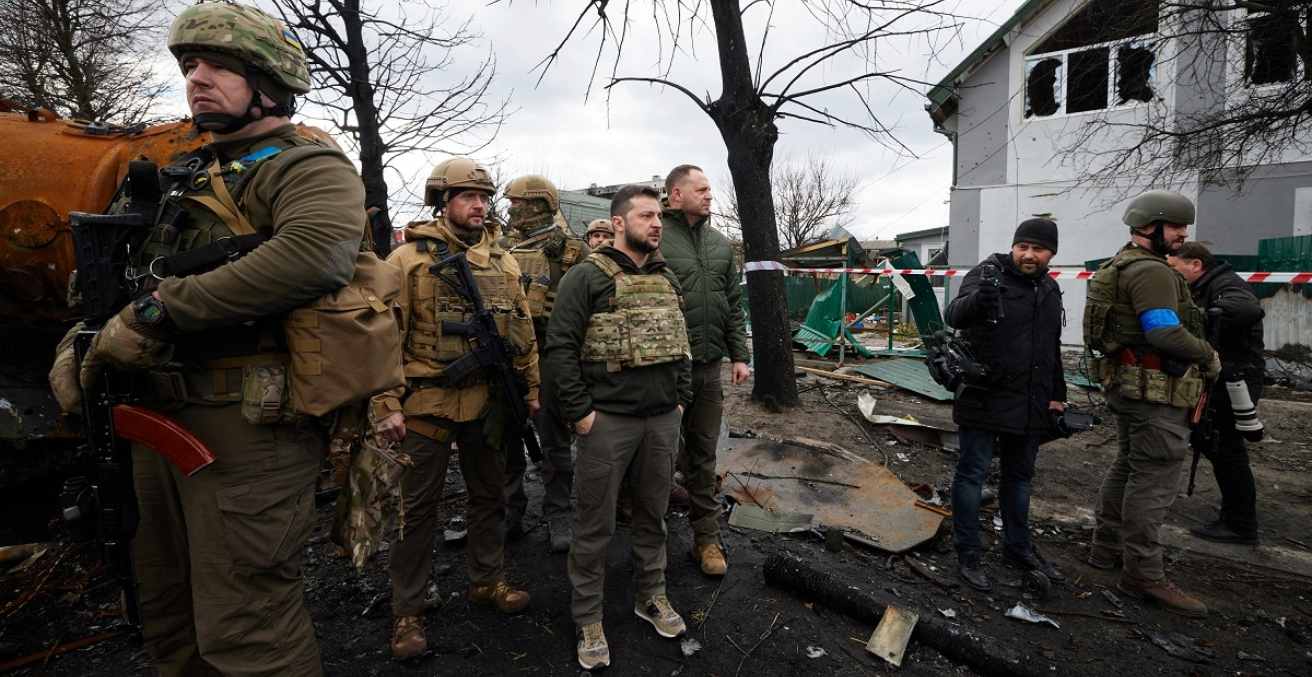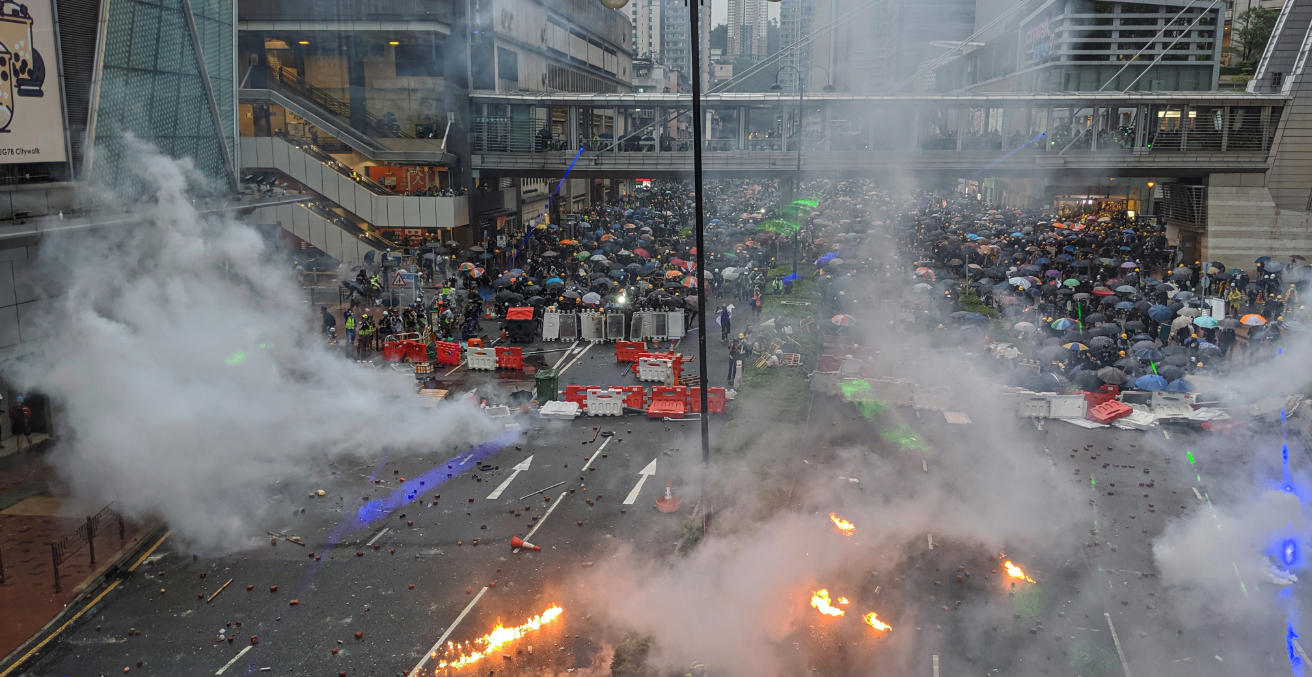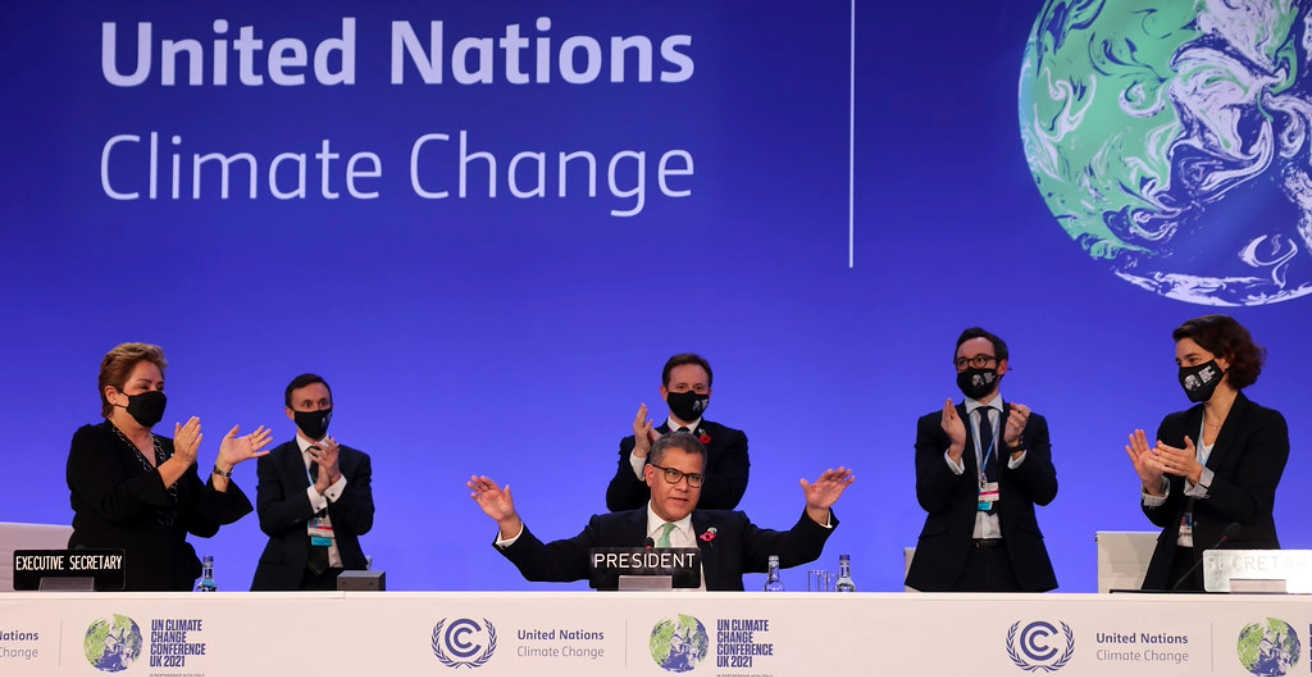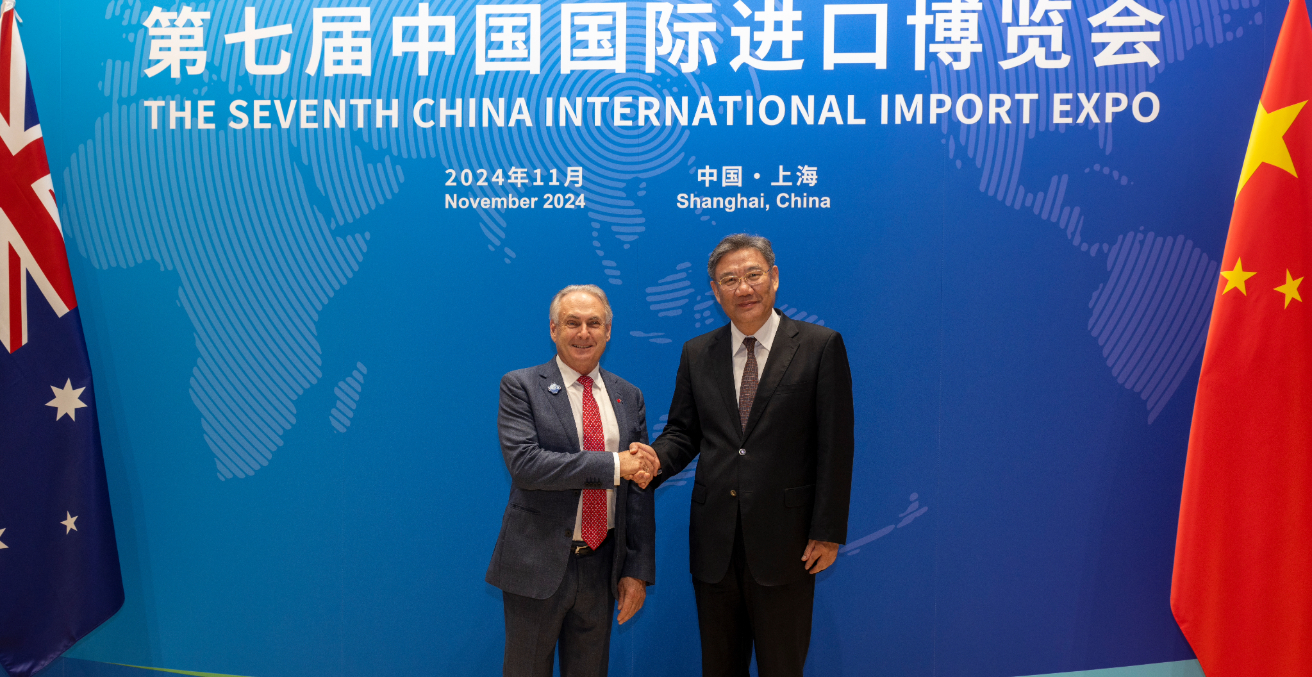Once the industrial heart of the Soviet Union, Ukraine is fast becoming a cornerstone of Europe’s defence future. Despite enduring war and economic strain, its revitalised military-industrial complex now drives innovation, battlefield resilience, and strategic alignment with NATO.
When the Soviet Union fell, Ukraine was not a small newly independent state of limited resources and strategic sway. It was an industrial and agricultural centre in its own right. Ukraine was a bread basket for Europe as well as a country rich in mineral commodities with a growing light industry sector. It was also a major consumer for Russia’s energy exports and a conduit for exports into western Europe.
Despite these national assets, as a newly independent country Ukraine lacked the financial means to support a functioning economy. However, it possessed the requisite infrastructural elements and population with the potential to eventually become a peer to western Europe’s economic powers. It is the second largest country in Europe with an approximate population of 39,000,000 and a well-developed university and research infrastructure that continues to evolve.
In 1991, Ukraine found itself owner of 30 percent of the USSR’s arms industry. The complex included 205 production facilities, 139 scientific organisations, and an additional 350 other defence enterprises. Combined, these organisations employed about 1.5 million people. It was at the core of the USSR’s military industrial complex. Upon the implosion of the Soviet Union it could claim to have the second-largest military in Europe. However, the loss of the former Soviet market and Ukraine’s own economic crisis forced a near collapse of the defence industrial complex.
In contrast to most other former Soviet republics, Ukraine was still a valuable strategic and economic partner for Russia—until 2014. Moscow’s bid to conquer and subjugate it forced Ukraine into a desperate struggle for its survival. Now it is a sworn enemy on Russia’s doorstep. The attachments of a shared ethnic ancestry and ancient record of interminglement that formed a connective tissue are severed.
Since then, the revival of Ukraine’s defence industry has surged dramatically. Kiev’s military procurement budget in 2021 was 13.5 times greater than 2014. Although it must still rely on heavy western support, its military continues to evolve and revolutionise contemporary warfare. Ukraine has taken leads in the areas of drone technology, electronic warfare, air defence systems, and heavy artillery.
It has been able to produce proven military hardware on a large-scale and at reduced costs. As a result, it was able to open markets in the Mideast, Africa, Latin America, and Asia. Ukrainian technology designs also integrate with NATO standards and that of the European Defence Industrial and Technological Base (EDIB). Its potential as a major supplier to developing markets and advanced markets is strong. In addition to branding its own cutting-edge technology, Ukrainian forces have operational and battlefield experience from which its suppliers can benefit. Its capabilities in large-scale maneuvers and air defence networks are above and beyond those of NATO.
Sectoral reforms have contributed to military modernisation. The conversion of Ukroboronprom (Ukrainian-defence-industry) from a state conglomerate into a joint stock company removed the encumbrances of corruption and clientelism. Corporate transparency and OECD (Organisation for Economic Cooperation and Development) reporting standards has attracted investors. The liberalisation also spurred the development of many smaller manufacturers and foreign joint ventures. The result was a new pool of diverse and innovative firms to service the war effort. As of 2024, there were 500 arms producers employing 300,000 people.
The development of Ukraine’s military industrial complex is crucial to Europe’s security. It is already a key player in the continent’s defence industry and could become the centre for its rearmament. Currently, Ukraine produces more than half of the military hardware it needs to prosecute the war (Europe contributes 25 percent and the United States accounts for the remaining balance). This is mainly due to an investment increase 35 times the levels of February 2022.
New Technology includes weapons such as the Peklo (hell) missile, a compact cruise missile equipped with a jet engine and an advanced guidance system. Another hybrid drone is the Ruta, which has a range of 300 km and is equipped with electronic blocks that avoid detection. The Tryzub laser air defence system gives Ukraine a fundamentally new defence capability. Although still in prototype stage, it has already been deployed. Tryzub destroys targets with beams that instantly heat its target to extreme temperatures and causes it to melt or vaporise. Ukraine is in the elite club of five military powers with this sort of laser technology. Although these weapons are homegrown, they are made possible with assistance of Ukraine’s NATO supporters.
In order to facilitate foreign collaboration, Ukraine founded “Brave1,” a state platform created to provide financing, information, and organisational suppor, aimed at the international defence sector enterprises and other stakeholders. In under two years, the Brave1 “cluster” has already attracted over 1500 military technology start-ups.
By contrast, due to its increasing isolation, limited private sector initiative, and central dysfunctionality, Russia has become increasingly dependent upon China and runs the risk of devolving into a vassal state. As costs to the economy rise and Russia’s standing in the world declines, Ukraine’s reputation climbs and its research and development sector advances.
This past February, Admiral Cavo Dragone, the current Chair of the NATO Military committee, commented on his visit with Volodymyr Zelensky: “It is in the political and military interest of the Alliance to support Ukraine, not only now, but also in the future. …Our support for your sovereignty and territorial integrity will remain unwavering; together, we can put Ukraine in the strongest possible position moving forward.”
In the short term, Ukraine is a long way from being self-reliant. It will need imported systems in order to defend itself. Meanwhile, Vladimir Putin’s war has made Ukraine a linchpin in western Europe’s security regime. Although obstacles still exist, such as Ukraine’s lack of air power, financial constraints, and the toll on its population, the long bet is on Ukraine.
Putin may believe, or perhaps has been told, he is winning the war. Yet, Ukrainian Armed Forces have liberated nearly half of the territory originally seized by the Russian army. By contrast, Russia has been unable to capture and hold a single Ukrainian regional capital.
Donald Trump’s extreme deference to Putin may be on the wane. His comments which Dmitry Peskov sheepishly attributed to “emotional overload,” may be a hint that Trump may decide to give up attempts at brokering a peace agreement. Or, Trump has been told that Putin may not be the safe bet he thought he was.
Considering Europe’s revived support for Kiev and given Trump’s dread of being associated with anyone tagged as a “loser,” his remarks may be a signal that he might have to face the fact that Putin does not have time on his side. The truth is in the reverse.
Jack Jarmon was USAID technical advisor for the Russian government during its economic transition period in the mid 1990s. He has authored and co-authored five books, which are currently core texts for international and security studies programs in the US and abroad. He has taught international relations courses at the University of Pennsylvania and Rutgers University and lectured at major universities and war colleges.
This article is published under a Creative Commons License and may be republished with attribution.





